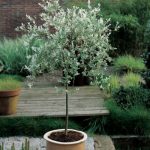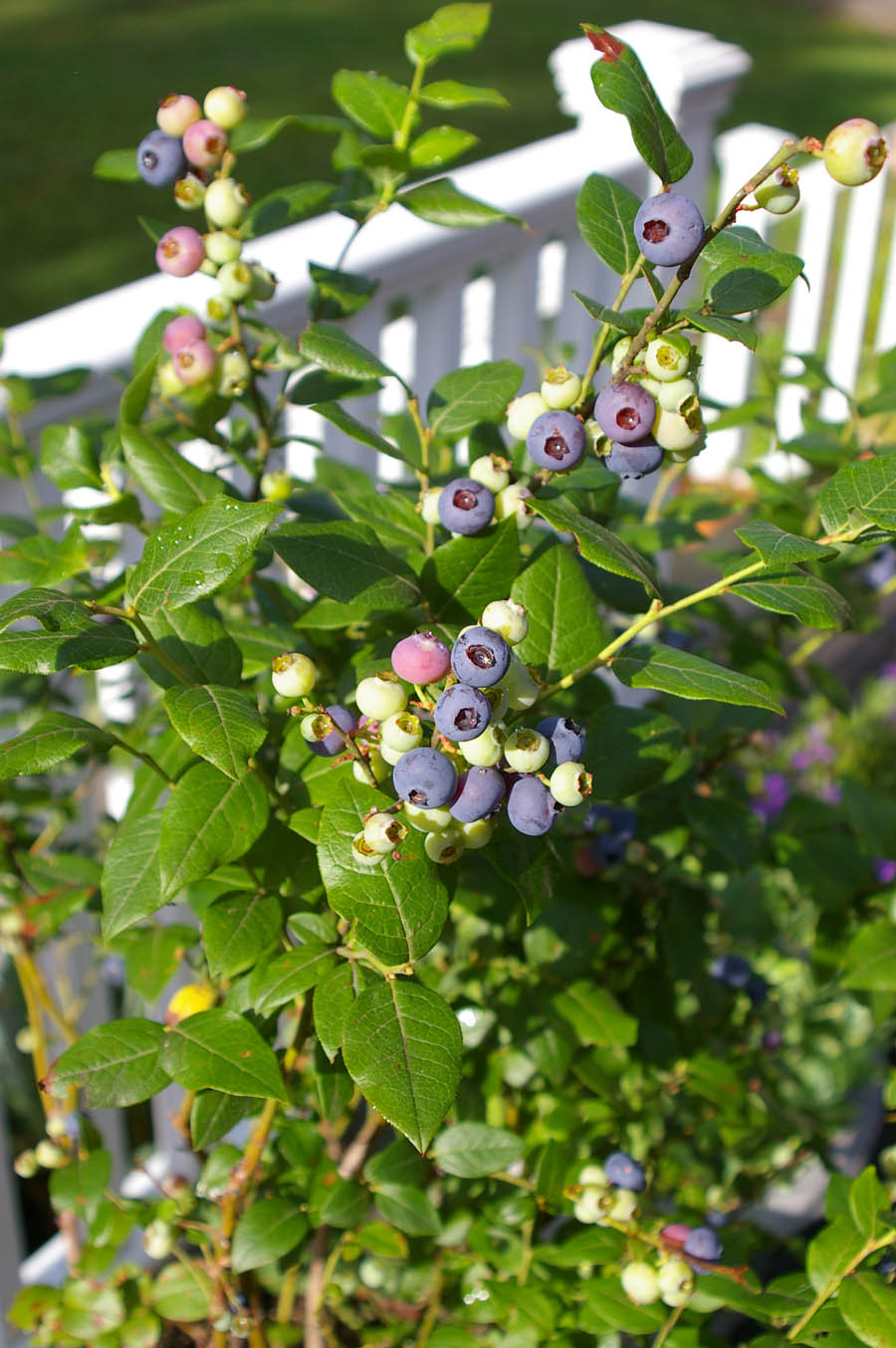designed for the way women work.
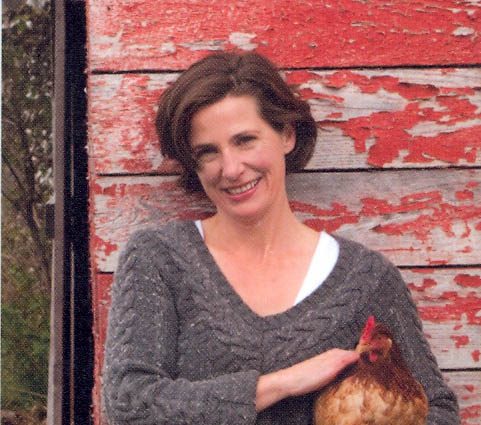
“The Curious Gardener” July 2012
Category: Presenting "The Curious Gardener"
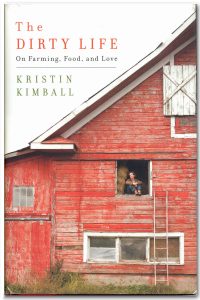 The Dirty Life: On Farming, Food, and Love
The Dirty Life: On Farming, Food, and Love
By Kristin Kimball– I was charmed by this book, the story of a pair of first generation farmers building a working farm in upstate New York, powered by draft horses. There’s enough practical information in the book to be instructive to other young farmers inspired to follow in this couple’s footsteps, but for me the book’s charm lies with the story telling talent of the author Kristin Kimball (shown below).
At the beginning of the book Kristin is single, living in New York City, a free lance writer with a Harvard degree. Her life begins to change when she travels out of the city to interview a single male farmer for a story she’s writing about the local farm/local food movement. The chapters that follow are about the joining of their two lives, her struggle to shed her city self, and the remarkably energetic manner in which they pursue their dream to build a certain kind of farm together.
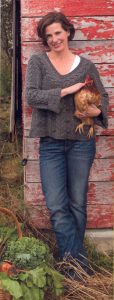 In this passage from the prologue of her book Kristin writes about waking up in the middle of the night and contemplating how her life has changed since meeting and falling in love with Mark several years earlier:
In this passage from the prologue of her book Kristin writes about waking up in the middle of the night and contemplating how her life has changed since meeting and falling in love with Mark several years earlier:
Four winters I’ve slept in this bed, and still, sometimes… I feel like an actor in a play. The real me stays out until 4, wears heels and carries a bag, but this character I’m playing gets up at 4, wears Carhartts and carries a Leatherman, and the other day, doing laundry, a pair of .22 long shells fell out of her pocket, and she was supposed to act like she wasn’t surprised. Instead of the lights and sounds of the city, I’m surrounded by five hundred acres that are blanketed tonight in mist and clouds, and this farm is a whole world darker and quieter, more beautiful and more brutal than I could have imagined the country to be.
Fast forward to 2012. What Kristin and Mark have created at their 600-acre Essex Farm is a CSA (Community Supported Agriculture) that supplies its members, numbering over 200, with all the food they need to sustain a healthy diet year round. This includes not only 40 different vegetables, fruits, herbs, eggs, milk, butter and maple syrup, but beef, chicken, pork, grains, flours and dried beans.
Just last week I was told by Jeanne Hodesh of Grow NYC, an organization that operates farmer’s markets around New York City, that Kristin is considered an important voice for young farmers and the local, organic farm movement. She doesn’t sugar coat the primal intensity of farming—that “dirty, concupiscent art”, as she calls it, and the wonder of farming, as expressed in this passage from her book:
A farm asks, and if you don’t give enough, the primordial forces of death and wildness will overrun you. So naturally you give, and then you give some more, and then you give to the point of breaking, and then and only then it gives back, so bountifully it overfills not only your root cellar but also that parched and weedy little patch we call the soul.
A dear friend of my mother’s, Harry Hall, was so smitten with the author after reading her book that he and his daughter visited Essex Farm earlier this summer when it was opened to guests for a farm tour and outdoor sit down luncheon. (Harry gave me this book for my birthday last month, and he is the reason I know about it). When he mentioned Womanswork to Kristin, she responded enthusiastically that she loves our gloves because nowhere else can she find durable work gloves that fit a woman’s hands. Given its source, that compliment made me feel great.
Is Kristin working on a sequel? I really hope so. In the meantime I plan to give this book to my stepdaughter Eve, who is living in semi-rural Vermont, tending her oversize vegetable gardens with her boyfriend Nate, and dreaming of having a little farm.
Growing Blueberries
With the growth in edible gardening, blueberries and other fruits have enjoyed increased popularity. I received a gift of a blueberry bush, Vaccinium chippewa, from my brother Jon for my birthday. It is a particularly cold hardy variety.
Knowing that birds like to eat the berries, often leaving none for us humans, I decided to plant the shrub in a large container and leave it on our deck where I could supervise it more closely. We have one bird (we think an eastern phoebe, shown below) who will come up and snatch a berry or two while we are sitting only 6 feet away, but we don’t mind sharing the occasional berry.
I spoke with Cheryl Hearty, Community Horticulture Educator at our local cooperative extension (Cornell Cooperative Extension), about growing blueberries. Here are some things I learned from Cheryl.
First, blueberries are deer resistant and pretty much pest free. The only so called pest is birds, unless you are cultivating the berries primarily to attract and feed the birds. If you aren’t, bird netting can be purchased and draped over the bush just as the berries begin to ripen. Birds won’t go for the berries when they’re still green any more than people will. Our blueberries are just ripening now. I took the above photo on June 23rd in Dutchess County New York.

Blueberries and other fruits appreciate ample sunshine, so be sure they are in a sunny location.
Blueberries are probably the easiest fruit to grow, according to Cheryl. In addition to being pest free (unusual for a fruit) they self-pollinate, they don’t need much pruning and they have pretty red fall foliage. They are a little bit fussy about their soil. They need acidic soil, so Cheryl advises testing your soil before deciding to plant blueberries. It should be pH 5-7. You can add acid to alkaline soil, but the soil will keep reverting back to its natural alkaline state causing the leaves to turn an unhealthy yellow with visible green veins.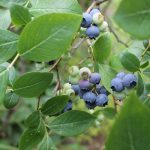
To increase your fruit crop, plant multiple varieties near each other that bloom at the same time. They will cross pollinate and generate a higher yield.
In the early spring, before leaves begin to appear, cut any older canes that are more than 1-inch in diameter down to the ground. The most productive canes will be ½” to 1” in diameter. Berries will set in the spring after the blooms disappear. Once the berries set, there won’t be any additional berries coming on until next year.
Blueberries are known as highbush and lowbush, referring to the size. The Chippewa variety is a highbush and it grows to 4’ tall and wide. I am accustomed to the wild lowbush kind we see growing along paths to the beach on the little island where my family summers in Maine. The fruit of these native plants is much smaller as well, but it’s a treat to come upon them when walking along the shoreline of the island.
Select a variety that is right for your zone and enjoy!
Here’s a wonderful recipe for Blueberry Scones from Elizabeth Buchtman at Womanswork.
Preheat oven to 375 degrees
Ingredients:
2 cups flour
4 teaspoons baking powder
3/4 teaspoon salt
1/3 cup sugar
4 tablespoons butter
2 tablespoons shortening
3/4 cream
1 egg
3/4 cup blueberries
Mix dry ingredients well, cut in butter & shortening in separate bowl. Mix egg & cream well, add to dry ingredients, stir in blueberries. Divide dough in half – -gently knead into a ball & gently flatten to 1-inch thickness (dough round should measure about 7 inches across), sprinkle with sugar & cut into 6 wedges. Repeat for 2nd half of dough. Bake for 15 minutes or until lightly golden. Drizzle icing or heavy cream on top if you want.
Plants I Love: Salix Integra (Willow)– 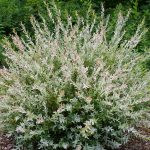 If you have an area in your yard that is a little wet, like I do, you can grow Salix integra, my favorite willow. My variety is ‘Hakuro nishiki’. This plant is practically indestructible. Easy to grow, easy to care for and not fussy about soil. But it does not like to dry out, and will even tolerate a little standing water. Because mine are planted in a wet area, I don’t need to water them, ever.
If you have an area in your yard that is a little wet, like I do, you can grow Salix integra, my favorite willow. My variety is ‘Hakuro nishiki’. This plant is practically indestructible. Easy to grow, easy to care for and not fussy about soil. But it does not like to dry out, and will even tolerate a little standing water. Because mine are planted in a wet area, I don’t need to water them, ever.
Three years ago I planted 8 of them in a row, exactly 6’ apart, almost like a hedge providing a transition between the meadow grasses and the woods behind. See my video.
Early each spring I cut them back to about 2’ from the ground because the fast growing new growth is what makes this plant distinctive. The new growth is white with hints of salmon at the tips, on variegated branches. It remains distinctive for at least 4 weeks and then the foliage begins to fade to a soft green. It’s still pretty but not as much of a stand out at that point. This plant is deciduous and loses its leaves in the winter.
They will get quite large (at least 5’ tall and wide), so if you want them to grow to their full size don’t cut them back as much. These photos were taken in my yard on June 23rd, in Dutchess County New York. This plant is good in Zones 5-9, and likes full sun for best coloration, but will do well in partial shade. Deer do not seem to like them. They eat many other things in our yard, but have never touched these.
If you have an area in your yard that is a little wet, like I do, you can grow Salix integra, my favorite willow.My variety is ‘Hakuro nishiki’.This plant is practically indestructible. Easy to grow, easy to care for and not fussy about soil.But it does not like to dry out, and will even tolerate a little standing water.Because mine are planted in a wet area, I don’t need to water them, ever.
Three years ago I planted 8 of them in a row, exactly 6’ apart, almost like a hedge providing a transition between the meadow grasses and the woods behind.See my video. 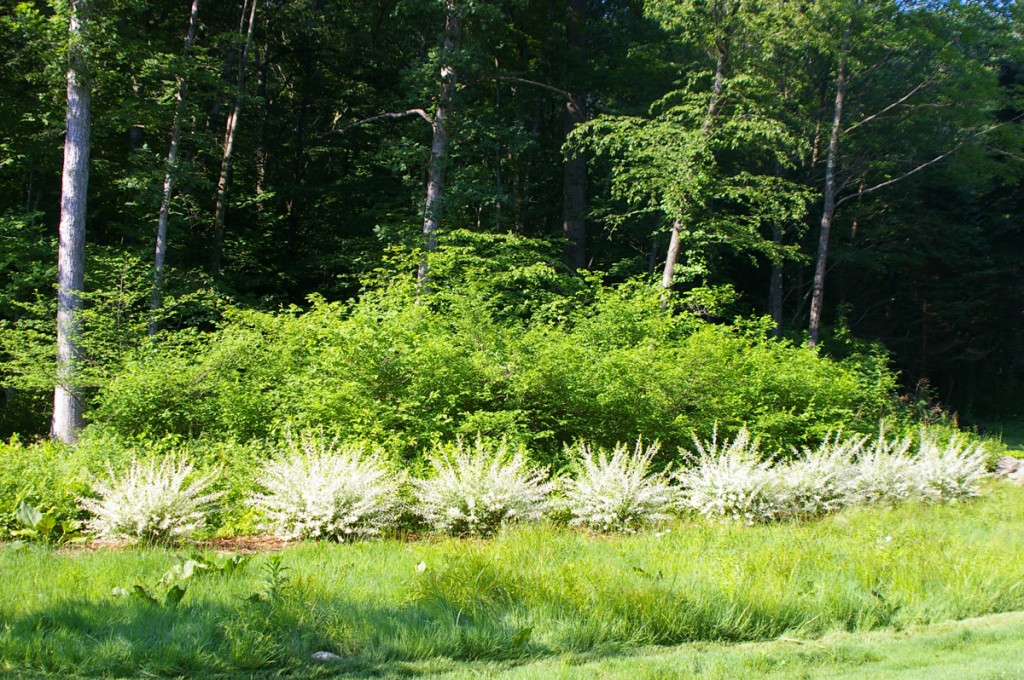
Early each spring I cut them back to about 2’ from the ground because the fast growing new growth is what makes this plant distinctive. The new growth is white with hints of salmon at the tips, on variegated branches. It remains distinctive for at least 4 weeks and then the foliage begins to fade to a soft green. It’s still pretty but not as much of a stand out at that point. This plant is deciduous and loses its leaves in the winter.
They will get quite large (at least 5’ tall and wide), so if you want them to grow to their full size don’t cut them back as much. These photos were taken in my yard on June 23rd, in Dutchess County New York. This plant is good in Zones 5-9, and likes full sun for best coloration, but will do well in partial shade. Deer do not seem to like them. They eat many other things in our yard, but have never touched these.
I have also seen this plant trained into a standard and that can be pretty also (see below).